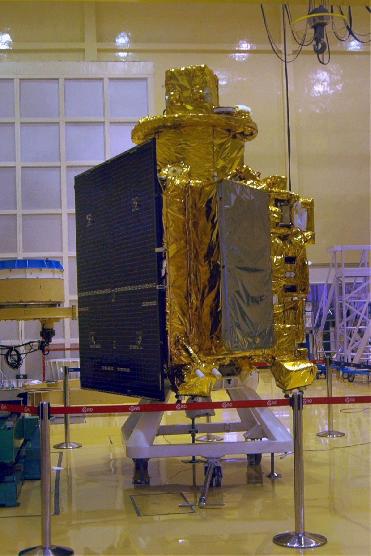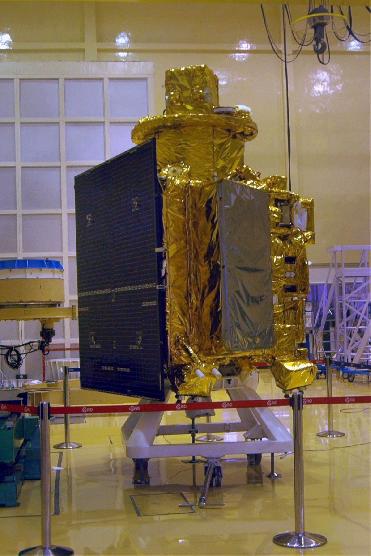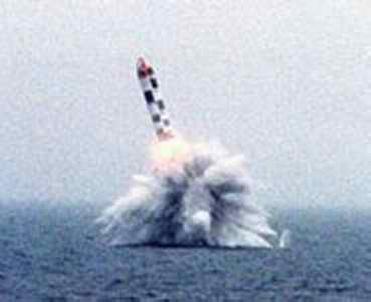
BANGALORE: It looked like a colourful wrapped candy as the spacecraft that will launch India's maiden odyssey to the moon was today unveiled here.
The spacecraft, lodged at `Checkout 2' room at the centre is all decked up with golden multilayer insulated foils covering a major part of its body with the highly sophisticated components sitting snugly inside.
The integrated lunar spacecraft has successfully passed the thermal vaccuum test where the spacecraft was inserted into a huge simulator akin to a well and its chambers closed.
The temperature of the chamber using infra red rays was raised to maximum of 120 degrees and lowered to minimum of over minus 100 degrees to test its mechanical and system integrity, an ISRO official said.
"The test, carried over 20 days, simulated conditions akin to the harsh environment in the moon where temperature ranges from high to very low. The test ensured that all the components and packages integrated were working and there was no mechanical or system defect, the official told the media team.
The spacecraft built by ISRO in collaboration with other partners like HAL will carry 11 payloads, including five instruments developed by ISRO. These include a Terrain Mapping Stereo Camera, which could capture images having five m spatial resolutions (size of the smallest object that can be seen) and 20 km swath (width of the picture). This would help in topographic mapping of moon.
The spacecraft would have a hyper spectral camera (for mineral mapping), a laser-ranging instrument (for topography), X-ray Fluorescence spectrometer (for chemical mapping), Higher Energy X-ray spectrometer for identifying and understanding the transport of volatiles on the moon. It will carry a moon impact probe (which will detach itself on arrival on the moon's orbit), having three instruments, a mass spectrometer, a C-band Altimeter and a video camera, which will capture information within 20 minutes during its slow falling motion on the moon's surface, Srikumar, Chief Scientist, said.
Apart from the above five pay load, it would carry additional instruments of other countries; a Miniature Imaging Radar Instrument from NASA (for detection of polar ice and soil topography, altimetry) Sub KeV Atom Reflecting Analyser (from IRF, Sweden, JAXA, Japan, supported by ESA and VSSC and ISRO) for detection of atmospheric neutrals composition, magnetic anomalies).
It would also have a Moon Mineralogy Mapper from US, Infra-Red Spectrometer-2 from Germany and Radiation Dose Monitor from Bulgaria for studying radiation.
"We received 26 offers to carry payloads and brought the number down after debating", an ISRO official said.
The spacecraft carries a bipropellant propulsion system for carrying fuel for two years in orbit.
After separation from the launcher, the spacecraft will be raised to moon rendezvous orbit by three consecutive "in-lane manoeuvres at the perigee (closest location to earth) to achieve the required 386,000 km apogee", M Annadurai, Project Director, said.(PTI)
 Previous Article
Previous Article Next Article
Next Article













The Indian Air Force, in its flight trials evaluation report submitted before the Defence Ministry l..
view articleAn insight into the Medium Multi-Role Combat Aircraft competition...
view articleSky enthusiasts can now spot the International Space Station (ISS) commanded by Indian-American astr..
view article